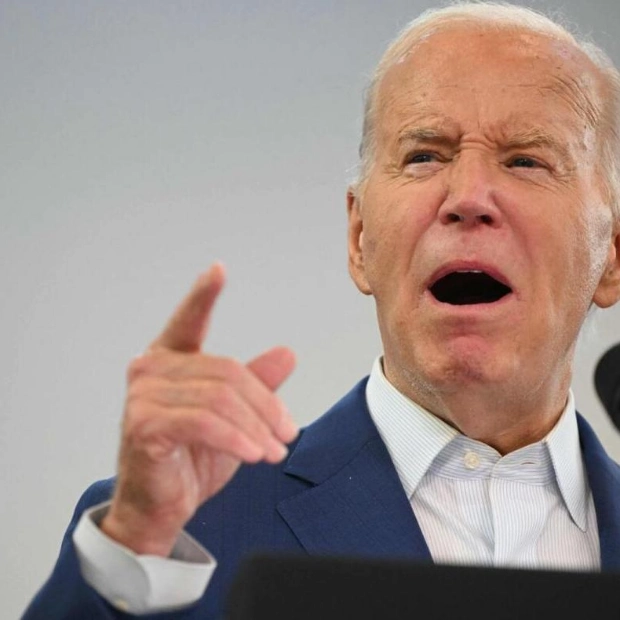After months of anticipation, Kia has finally announced the debut date for the Tasman. The South Korean automaker's inaugural entry into the pickup truck segment is set to be unveiled at the 2024 Jeddah International Motor Show, just under two weeks away on October 29. To build excitement, Kia has released a series of shadowy images, revealing the truck's true form without the previous colorful wrap. Although the Tasman remains partially obscured in these photos, adjustments to brightness and exposure have unveiled more details, suggesting a design with angular lines and boxy wheel arches. The vertical headlights appear to draw inspiration from the EV9 or Telluride, while the rear features a prominent Kia logo above a sizable 'Tasman' script.
As with previous teasers, the Tasman appears to be a double cab, with no clear indication of other body styles. Unlike the Hyundai Santa Cruz, the Tasman will be built on a dedicated body-on-frame platform, positioning it as a competitor to the Ford Ranger rather than the car-like Maverick. Kia has not yet disclosed technical specifications, but it is rumored that both 4x2 and 4x4 configurations are in the works. Engineers are reportedly aiming for a maximum payload capacity of 2,200 pounds and a towing capacity of 7,700 pounds. While the Ranger offers V-6 engines, the Tasman is expected to launch with a smaller four-cylinder, possibly a 2.2-liter turbodiesel adapted from the Sorento. The hood, noticeable for its curved sides, hints at potential future electrification, with a fully electric version anticipated by the end of 2026.
Initially, the Tasman will focus on markets in the Middle East, Africa, and Australia. Although a prototype was spotted testing in the United States, there is no guarantee it will be sold there. The truck will be assembled in South Korea, and any potential export to the US would be subject to the 25% Chicken Tax. Additionally, a fully electric pickup test mule was recently seen in the US, suggesting Kia's plans for two electric trucks by 2027—one dedicated model and one strategic for emerging markets.






